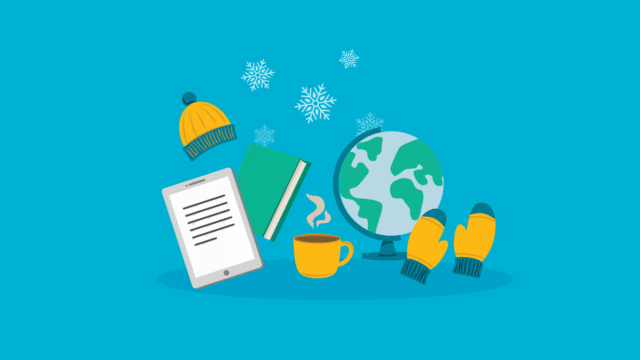
Natítayt Oral History
Ten thousand years ago, when mammoths and saber-toothed cats still roamed the Earth, there were already people living on the land that would one day be the Oregon Trail. Scientists have found fossils, tools, and other remnants from that time and can tell us what the world was like. But we also have clues about ancient life from another source—oral history.
There are stories in the oral history of early Native Americans that are still told today. One story explains how the rivers flooded, but the people found safety on Rattlesnake Mountain. Anthropologists and archaeologists today refer to this as the Missoula floods, which happened over 9,700 years ago. That means this one story, passed from generation to generation, has lasted almost ten thousand years!
Today, some of the ancestors of those early Native Americans are part of the Cayuse, Umatilla, and Walla Walla Tribes, who together form an alliance known as the Confederated Tribes of the Umatilla Indian Reservation. These three Tribes identify as the Natítayt (Nut-it-tight), which means “the people” in their languages. The history of these Tribes is closely tied to the history of the Oregon Trail because the trail intersects their homeland (which they call Nixyawaiim), an area that spans across Oregon, Washington, Montana, and Idaho.
The early interactions between the American settlers and the Cayuse, Umatilla, and Walla Walla peoples were largely positive. The Native people traded produce from Tribal gardens, salmon, roots, and fresh stock with the Americans in exchange for other goods. The American settlers also learned survival skills and valuable information about the land from the Native people.

We know this history partly because there are firsthand accounts written by American settlers about their interactions with these Tribes. But what about firsthand accounts by Native American people? There are few written documents by Cayuse, Umatilla, and Walla Walla people from this time, but there are oral stories that have been told for generations and are still shared today. One story from the oral history of the Umatilla people reveals that Umatilla grandmothers helped early settlers by making them moccasins and taking care of the women and children while the men were away.

How does oral history form and last for centuries? Átway Cecelia Bearchum, a Walla Walla elder, explained, “[A family friend] said, ‘Do you know how oral history is really done?’ I said, ‘No, not really.’ So, he said, ‘Years ago, what they would do is there were several of them that exchanged the same thing, whatever happened. . . They would all sit down and each person would tell their version of what happened. And then the next person would do the same thing, and they'd go clear around, and then all of them would put it together the way they thought it actually happened. And that was oral history.’”
Thomas Morning Owl, an Umatilla teacher and leader, shares how important these stories are to everyone in the community, young and old: “It was always looked forward to by the children to hear the words, ‘Ewats silay imyánashma.’ The meaning of the words was, ‘It was so, my children, in the story time long ago.’”
Preserving Oral History
Teachers for Grades 3–9: share this blog with your students and then have them investigate their own oral history and preserve a story by transcribing or recording it.
Begin by discussing the importance of primary sources to the study of history, then encourage students to think about why there are few primary source documents written by Native Americans in the Oregon Trail era. Help students understand the importance of preserving oral history, and then have them preserve stories from the oral history of their families and communities.
With this activity, students will learn about other cultures, improve their understanding of primary sources, and discover and preserve fascinating stories from their own history.
Download the teacher guide for tips on how to teach kids about oral history.

Download the student activity, which helps kids dig deeper into this lesson.

***
Explore HMH Social Studies for Grades 6–12, which presents the rich, endlessly inventive story of our world, challenging students to dig deep into the past.


















